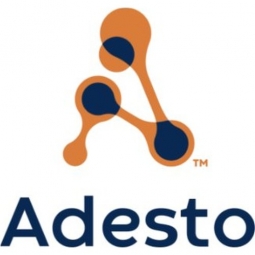下载PDF
Using LonWorks to Keep Acela Trains Zip Along
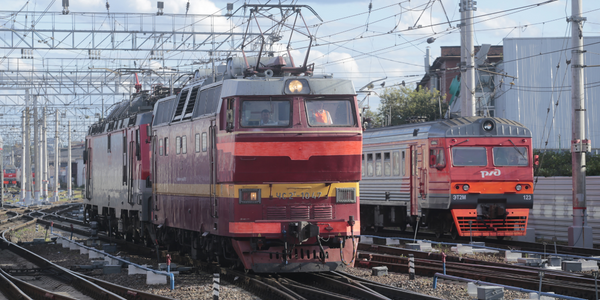
技术
- 执行器 - 电动执行器
- 功能应用 - 远程监控系统
- 基础设施即服务 (IaaS) - 其他
- 传感器 - 加速度计
- 传感器 - 气流传感器
- 传感器 - 尺寸和位移传感器
- 传感器 - 振动传感器
适用行业
- 铁路与地铁
适用功能
- 商业运营
- 维护
用例
- 机器状态监测
- 远程控制
挑战
加拿大运输公司庞巴迪的任务是在专为低速列车设计的轨道上建造子弹头列车系统。此外,他们还必须确保高速安全和最佳运行,最大限度地延长列车正常运行时间并加强与乘客的沟通。
客户
Acela (美铁)
关于客户
-
解决方案
庞巴迪选择 Echelon 的 LonWorks 解决方案来应对上述挑战。在 LonWorks 监控网络的帮助下,工程师可以访问所有形式的重要信息,例如速度、出发前测试、制动量表、警报、火车示意图以及提供任何系统在任何部分的状态的选项训练到所需的任何详细程度。使用键盘,工作人员可以激活菜单以获得即时信息,这对于安全和高效操作至关重要。此外,使用 LonWorks 网络,工作人员可以控制列车上的空气阻尼器,例如在进入隧道时。 LonWorks 平台还允许访问维护信息。此外,LonWorks 平台还与乘客互动。上车前,乘客会阅读每节车厢侧面的外部液晶显示屏标志,这些标志提供目的地等基本列车信息。登机后,乘客可以参考一般信息 LCD 显示屏,了解机组人员的信息。最后,如果乘客对他们在旅途中的进展感到好奇,他们可以查看车内的另一个液晶显示屏。
收集的数据
Infrastructure Condition, Installation Diagnostics, Passenger service, Per-Unit Maintenance Costs, Uptime
运营影响
相关案例.
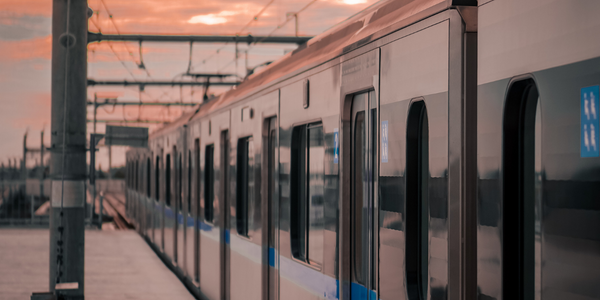
Case Study
Building Smart IoT-Connected Railways
• Difficult environment. Communications equipment on trains must function properly in harsh conditions, such as environment temperatures ranging from -25°C to +85°C, according to the EU standard EN50155.• Railway regulations. All products in a train must adhere to strict standards, relating to working vibration, power consumption, and lifetime.• Lengthy process. Time to market in the railway industry can take years from concept to mass production, so product design requires a solid long term vision.
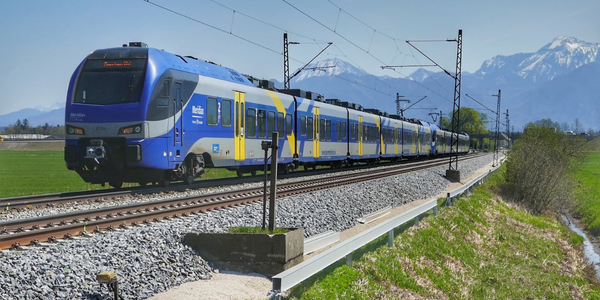
Case Study
Connected Transportation: A Smarter Brain for Your Train with Intel
A modern locomotive, for example, has as many as 200 sensors generating more than a billion data points per second. Vibration sensors surround critical components, video cameras scan the track and cab, while other sensors monitor RPM, power, temperature, the fuel mix, exhaust characteristics, and more.Most of today’s locomotives lack sufficient on-board processing power to make full use of all this data. To make matters worse, the data from different subsystems, such as the brakes, fuel system, and engine, remain separate, stored in isolated “boxes” that prevent unified analysis. The data is available, but the technology needed to process it in the most effective manner is not. As new sensors are added to the machine, the problem escalates.
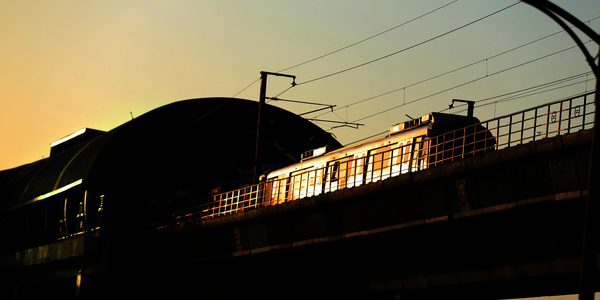
Case Study
Delhi NCR Metro: A Mobile App Revolutionizing Public Transportation
The Delhi NCR Metro, a major public transportation system in India, was facing a challenge in providing accurate and comprehensive information to its daily commuters and tourists. The lack of a centralized platform for information about metro station details, train schedules, fare details, parking, elevators, and tourist locations was causing inconvenience to the users. The challenge was to develop a mobile app that could provide all this information accurately and conveniently. The app needed to be equipped with GPS services to help users find the nearest metro and renowned locations. An interactive map was also required to assist travelers who were familiar with the metro lines. The goal was to provide maximum information with minimum input.
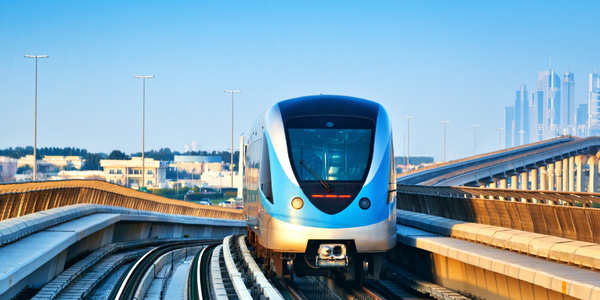
Case Study
Automated Railcar Inspections Increase Security and Revenue
Providing industry and government customers with intelligent inspection, automation, safety, and security solutions, Duos Technologies Group, Inc. (“Duos” or the “Company” - Nasdaq: DUOT) continually pushes the boundaries of IT. To keep pace with expanding AI-enabled data capture analytics for its edge railcar inspections, the company chose the latest Dell EMC PowerEdge servers.Duos Technologies’ challenge was finding a way to leverage technology as a force multiplier to meet customer requirements for a better, faster inspection process for trains running at full speed. Duos developed innovative data analytic solutions with AI at the edge to conduct more reliable railcar inspections, which are available 24/7/365 in all climates and conditions.

Case Study
Cooperation with VR FleetCare for predictive analytics
Bogies are the most significant components of the rail fleet in terms of lifecycle costs and traffic safety. In addition to creating significant cost savings for the rail fleet owners, data-driven maintenance will enhance safety and the usability of the rolling stock. The predictive maintenance capability will improve reliability of the trains, cost-efficiency and passenger comfort. Train traffic will operate more reliably when it is possible to predict rolling stock malfunctions before they cause disruptions in traffic.




